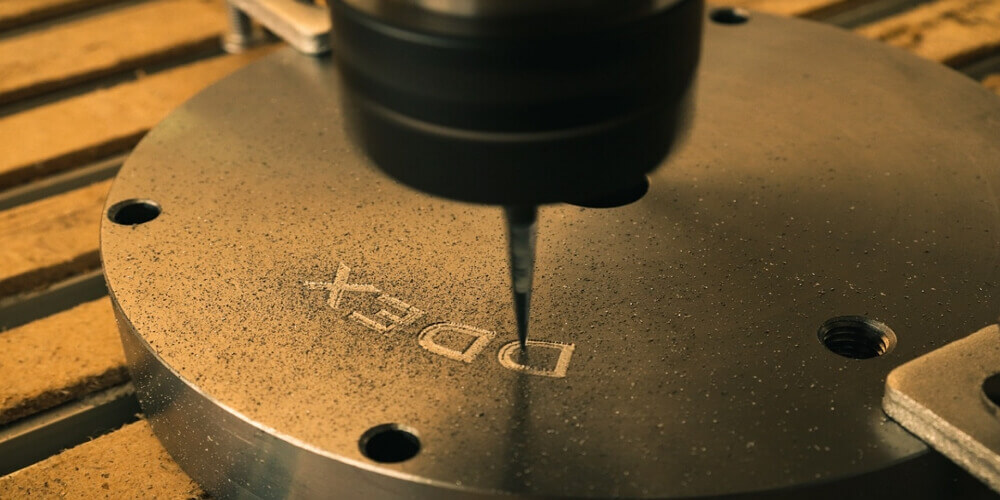One thing is certain; there is a plethora of material for CNC machining. Which one fits your project depends on several factors such as workability, price, strength, corrosion resistance, cosmetic appearance, and weight.
The road to having an excellent cnc machining parts begins with selecting the right material. Therefore, you must ensure that you choose the correct material right from the start. Here are some of the things you must look out for when selecting materials for CNC machining:
What the Part will be used for?
Before selecting your material, you must put in mind the environment where the Part will be in use. It’s a factor that has a significant impact on your material selection.
For instance, if the Part will be outside or merely in rainy environments, then you might consider using stainless steel, unlike carbon steel for rust purposes. Other specification such as tolerance, stress load, and the type of fastening can impact your selection as can other specification likes aerospace and military parts.
Material Weight
How about weight? The weight of your machined material will depend on the use of the Part. There’s no denying that heavier materials tend to absorb a lot of stress, but then they’re not the best when it comes to weight-sensitive projects. On the other hand, lightweight materials are far durable and absorb considerable stress but are pricey.
Heat Tolerance and Strength
There’re several ways that you can measure the strength of the material, including material hardness, tensile strength, and wear resistance. A good material that features all the types of strength that your design may call for allows you to choose the best material for the parts.
Also, the very high or very low temperature can determine the type of material you choose. For instance, when you select a material, its melting point should be lower than that of the machining process.
Additionally, you must take into consideration the fluctuations in the operating temperatures. Ensure that the material withstands that temperature without distorting, warping, or even breaking down over time.
Dimensional Tolerance
Dimensional tolerance is another factor that you must never underestimate. When selecting your material, you must ensure that you factor in dimensional tolerance as it influences the cutting methods, parts, and assemblies, as well as the usage of tools and machines. Ideally, it impacts your entire working process.
Pricing and Functionality
Another thing that will influence the type of material you choose is the manufacturability as well as the overall cost of the project. Generally, the more material you use in your parts, the more expensive it becomes. Moreover, extremely strong materials such as titanium will equally cost more.
Stress Load
Some materials may strain, or others can break when subjected to high-stress loads. Therefore, you should ensure that you account for stress when selecting your material for the parts. For instance, those parts that are exposed to intense stress require CNC machining from materials that have elements that can resist stress loads as well as prevent deformation.
Several factors will contribute to your selection decision, but ensure that you select a material that meets your temperature restrictions, strength profile, and fitment requirements.

